Optimal Timing for Windows Installations
Scheduling Windows installations at optimal times can enhance system performance and reduce downtime. Understanding seasonal and operational factors helps determine the most suitable period for upgrades or new setups.

Spring offers moderate temperatures and less busy schedules, making it ideal for system upgrades.
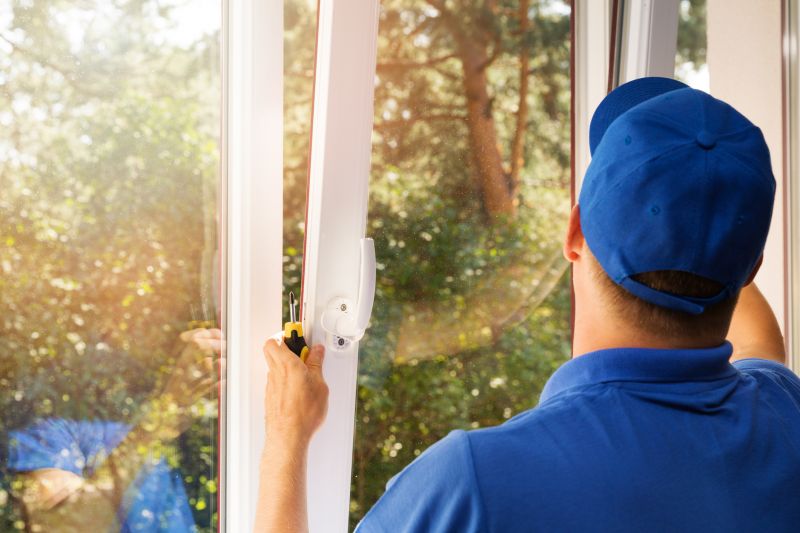
Summer may pose challenges due to high temperatures and busy work periods, but early summer can be suitable.

Fall provides cooler weather and often aligns with scheduled downtime, facilitating installations.

Ways to make Windows Installations work in tight or awkward layouts.

Popular materials for Windows Installations and why they hold up over time.

Simple add-ons that improve Windows Installations without blowing the budget.

High-end options that actually feel worth it for Windows Installations.

Finishes and colors that play nicely with Windows Installations.
Late spring and early fall are generally preferred for Windows installations due to favorable weather and lower operational disruptions.
Scheduling during low business activity periods minimizes operational impact and allows for dedicated installation windows.
Avoiding extreme heat or cold ensures better installation conditions and reduces technical issues.
Preparing systems ahead of planned downtime ensures smoother transitions during the chosen installation period.
| Season | Advantages |
|---|---|
| Spring | Moderate temperatures, less operational interruptions |
| Summer | Longer daylight hours, early summer suitable |
| Fall | Cooler weather, scheduled downtime |
| Winter | Less common due to cold and holiday schedules |
Windows installations involve upgrading or setting up new operating systems on computers and servers. Proper timing ensures minimal disruption to daily operations and optimal performance. Upgrades during periods of low activity can prevent workflow interruptions and allow for thorough testing. Additionally, selecting the right season can help avoid technical issues caused by extreme weather conditions, which might impact hardware or network stability.

Effective planning reduces downtime and ensures compatibility with existing systems.
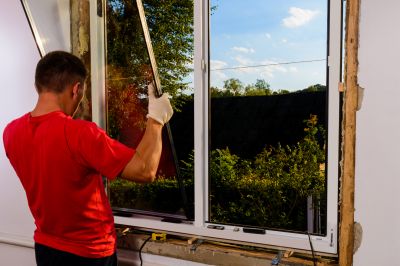
Extreme weather can delay or complicate installation processes.

Assessing hardware and software readiness is crucial before scheduling.

Verifying system stability after installation prevents future issues.

Little measurements that prevent headaches on Windows Installations day.

A 60-second routine that keeps Windows Installations looking new.

A frequent mistake in Windows Installations and how to dodge it.
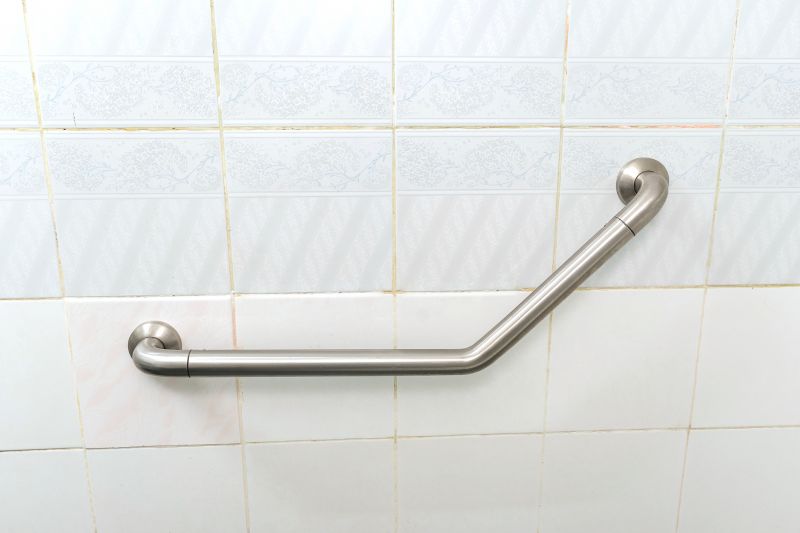
Small tweaks to make Windows Installations safer and easier to use.
Align installations with times of reduced operational demand for smoother upgrades.
Ensure hardware and software are ready to facilitate quick installation.
Avoid scheduling during peak business periods or holidays to minimize disruptions.
Coordinate with support teams during optimal times for assistance.

Proper timing ensures minimal impact on daily operations.

Time installations to allow for thorough testing and configuration.

Ensuring hardware readiness prevents delays.
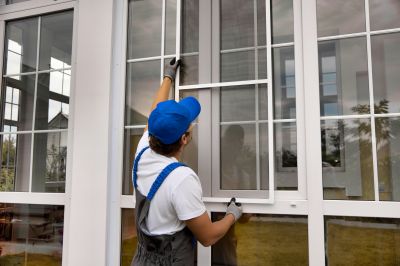
Lower-waste or water-saving choices for Windows Installations.

The short, realistic tool list for quality Windows Installations.
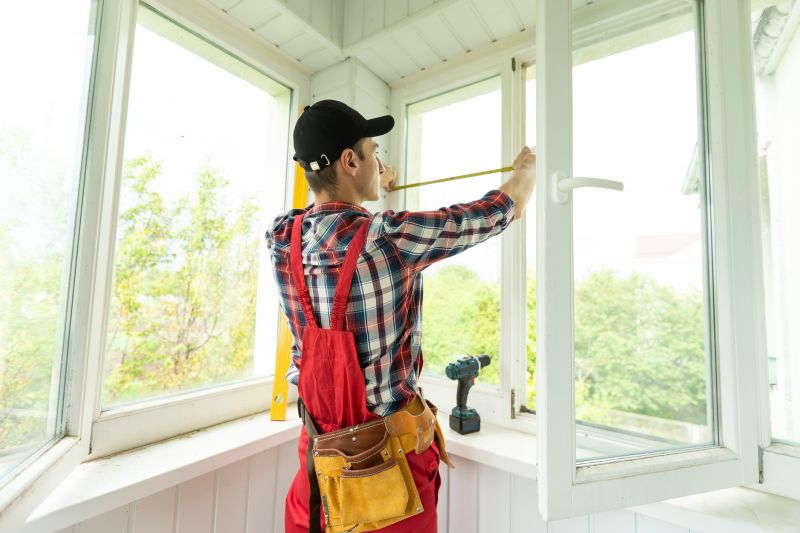
Rough timing from prep to clean-up for Windows Installations.
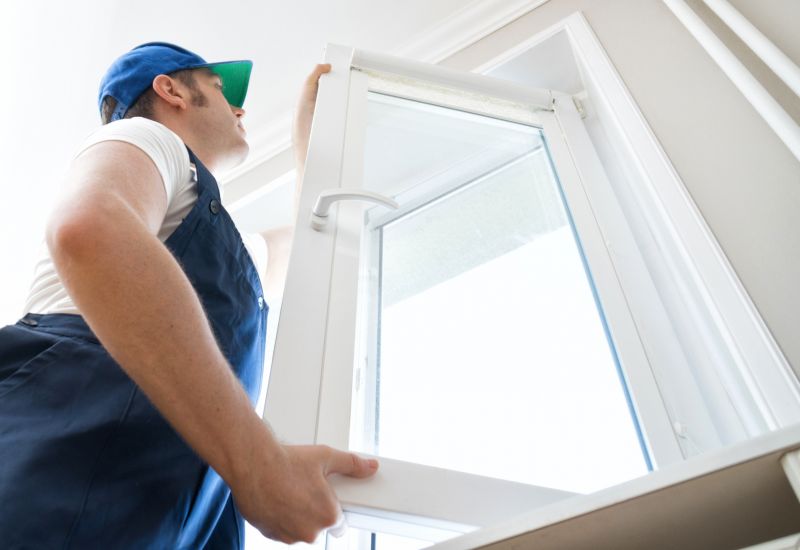
Quick checks and paperwork to keep after Windows Installations.
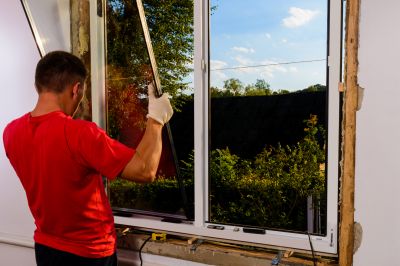
Examples that show the impact a good Windows Installations can make.
Choosing the right time for Windows installations is essential for maintaining productivity and system stability. Proper planning, considering seasonal weather patterns, and aligning with operational schedules can lead to more efficient upgrades. Regular updates and timely installations contribute to enhanced security and performance, reducing the risk of vulnerabilities and system failures.
Interested in scheduling a Windows installation? Fill out the contact form to explore options tailored for Sulphur Springs, TX.




